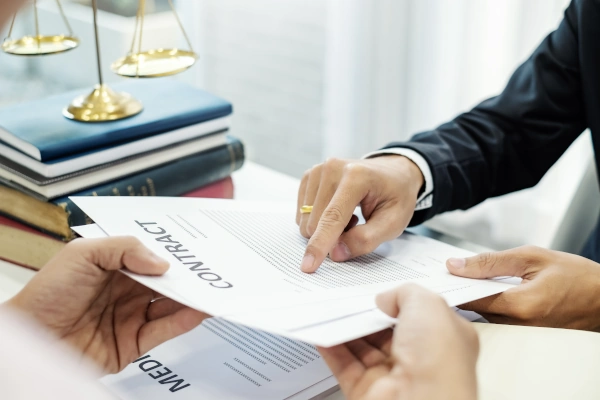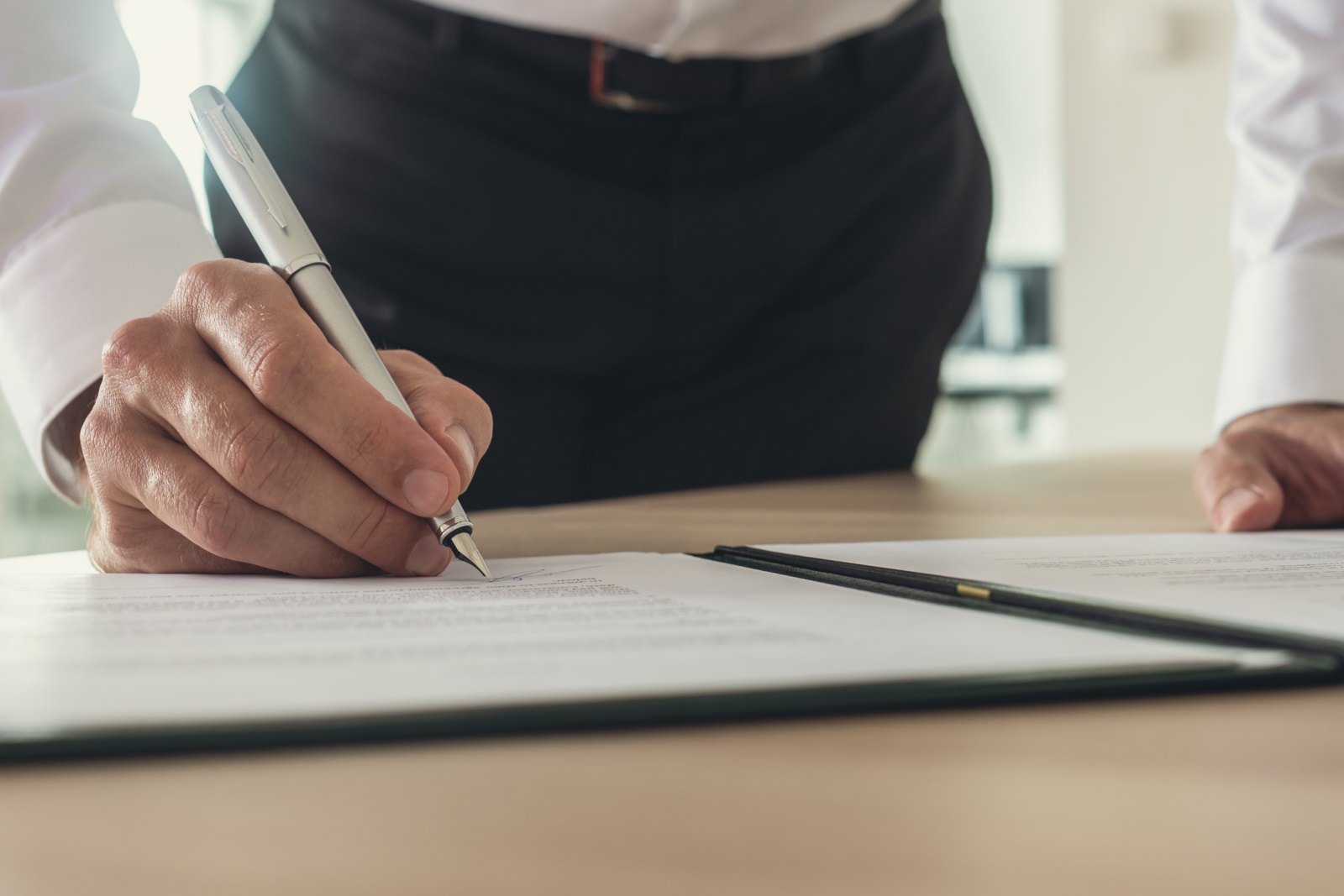Conveyancing Process – Purchase
The Property
A suitable property is found. Advice should be sought about the way in which the property is held (i.e. the property to be owned by an individual, joint ownership, tenancy in common, company, discretionary trust etc). Unsure? We can help.
Vendor’s Statement & Contract
Before signing the contract read the Vendor’s statement carefully to ascertain any flaws in the property. The Vendor’s Statement should provide full disclosure regarding all aspects relating to the property. A Solicitor or Conveyancer should be engaged at this point to examine the Vendor’s Statement. Amendments to the Contract of Sale of Real Estate can also be inserted or negotiated here. Note that a purchase by auction may waive certain rights with regard to the cooling off period and any conditional clauses.
Signatures
Contracts and Vendor’s Statement signed. Provide details of your Conveyancer to your lender and the real estate agent selling the property. Where property is subject to finance, arrange for the unconditional approval of your loan.
Conveyancers
The Solicitor or Conveyancer will do all the appropriate checks and legal work prior to booking settlement. Your Conveyancer will prepare the Transfer of Land Form and arrange for both you and the vendor to sign. He will also calculate figures relating to council rates, water rates and other.
Booking Settlement
Settlement will not be booked until both the purchaser and the vendor’s Conveyancer is ready. Of course settlement will be booked before the contract settlement date.
Final Inspection
Within 7 days leading up to settlement, you should arrange to inspect the property. Insurance should already be arranged to cover the property from the date of settlement.
Settlement
We will call you as soon as settlement has taken place. You can then proceed to pick up your keys!




